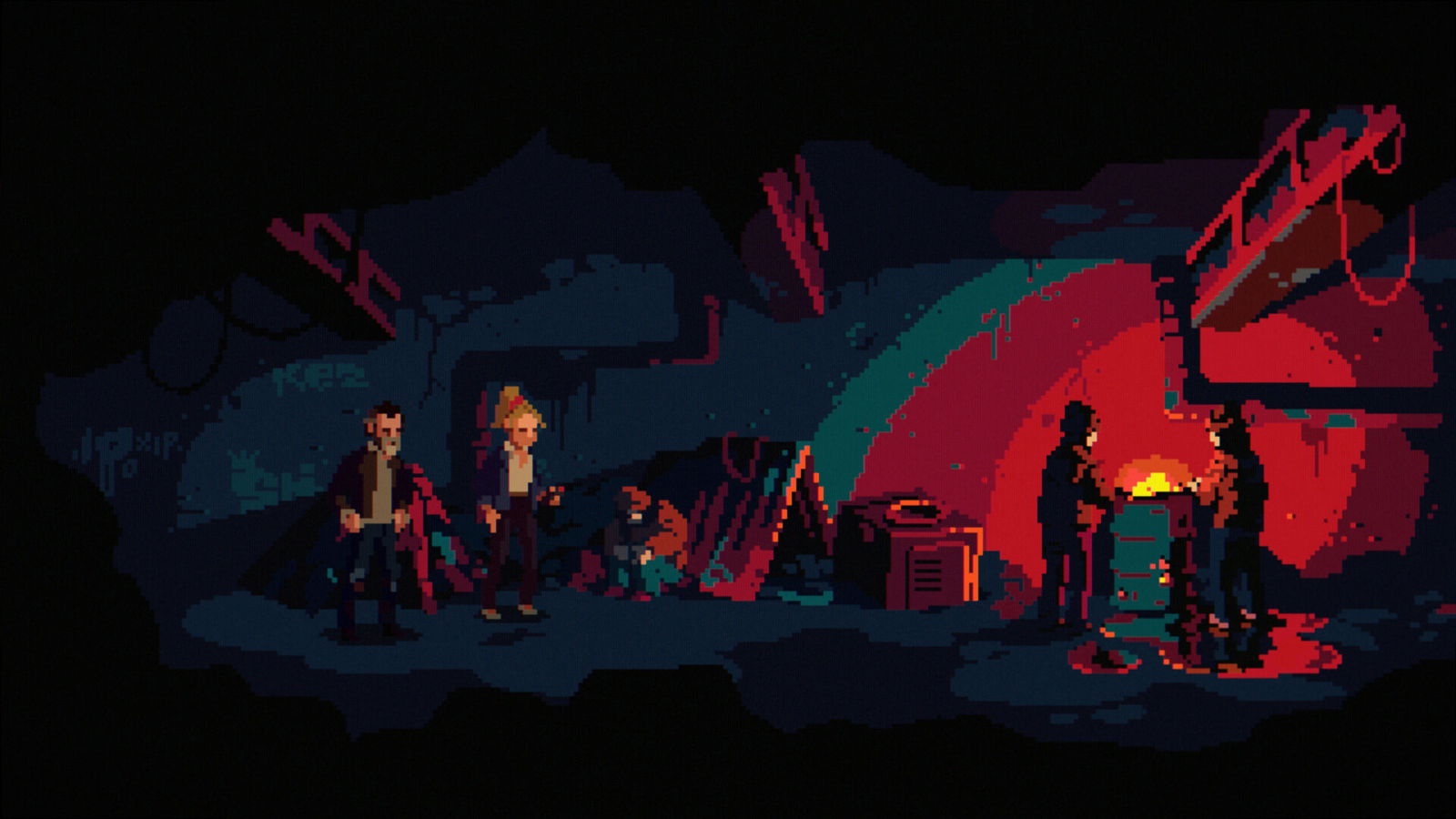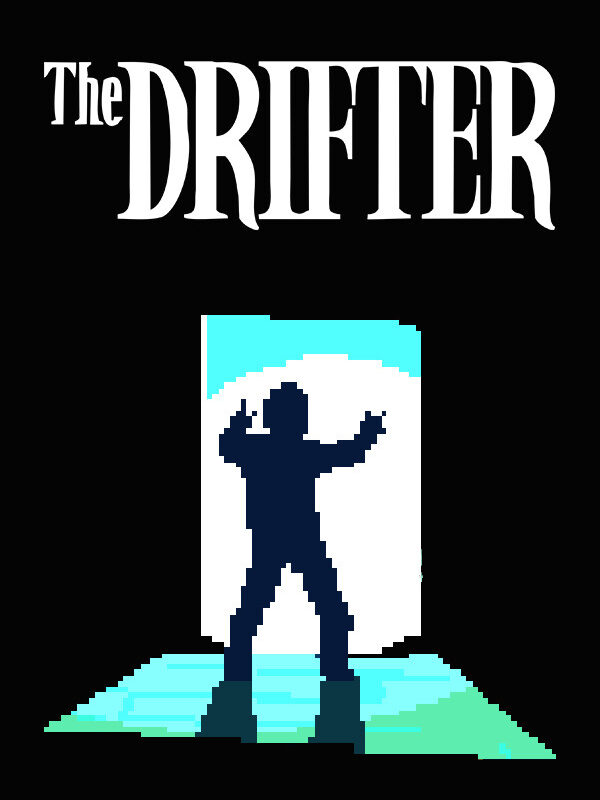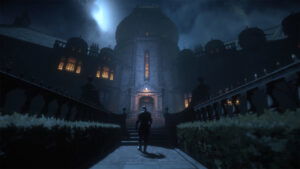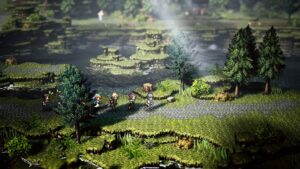I have been an avid fan of the point-and-click adventure genre for my entire life. I’ve explored maniacal mansions, found secrets and curses on a few monkey-centric landmasses, and am even considering getting a terribly niche tattoo that only I will find amusing (“How appropriate, you fight like a cow”). There’s something about them that is always appealing to me. It might be the languid pace or the nostalgic graphics, but my money’s on the intriguing mysteries. All the best adventure games have some dark twists to uncover, and Powerhoof’s The Drifter has them in spades.
The Drifter starts out simply enough; players are cast as Mick Carter, the titular drifter, as he stows away in a box car across Australia to make his way back to his hometown for his mother’s funeral. Needless to say, poor Mick isn’t having a great time, which is only made worse by witnessing a reporter being kidnapped and being framed for murder. Mick, while on the run, will need to solve these mysteries, find the address of his mother’s funeral, and figure out just why things are getting so weird around him, especially once the soldiers turn into monsters and ghosts start talking to him.
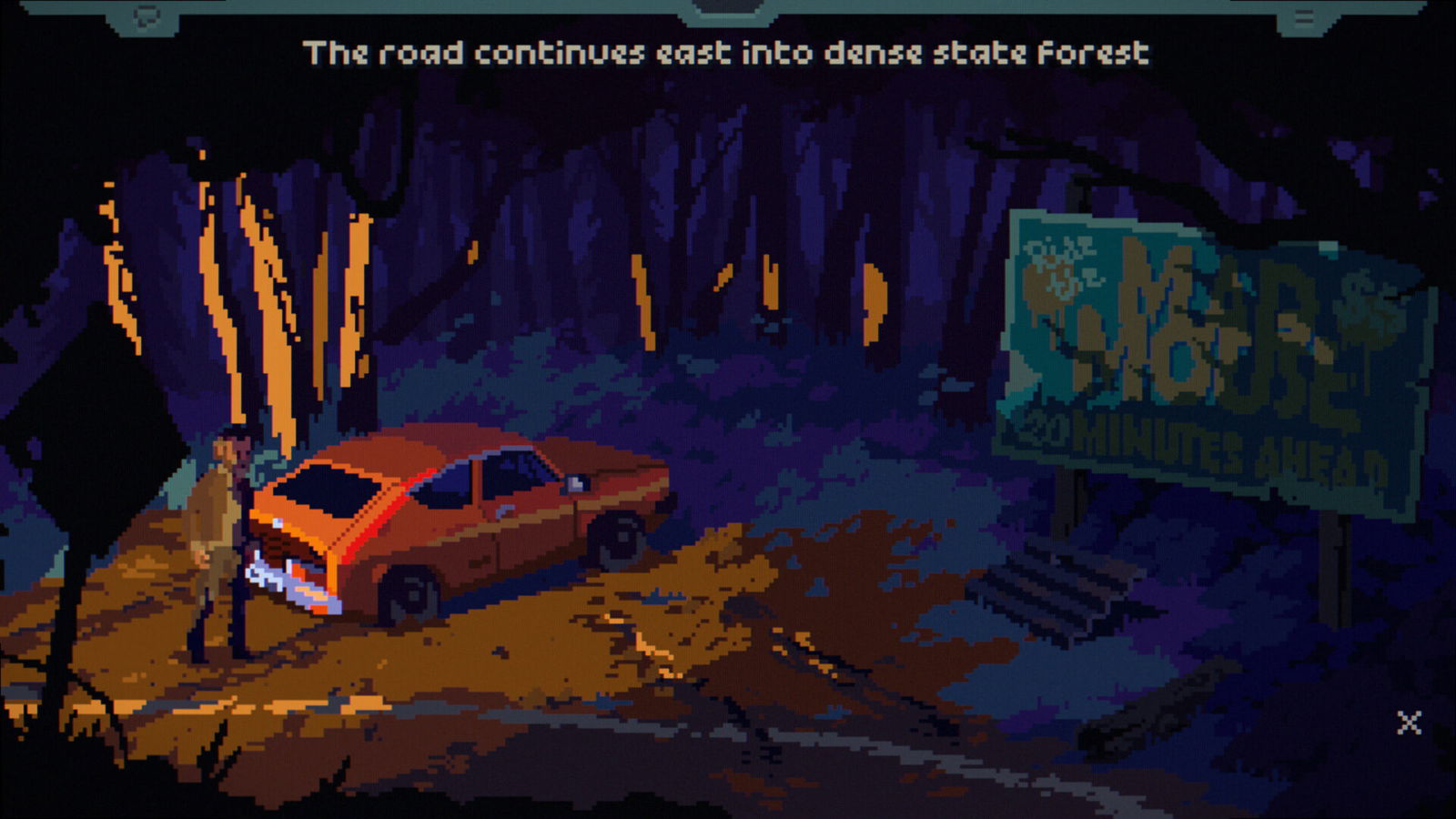
The Drifter does a lot to really nail the sort of story it’s going for. Everything feels very grounded in reality, helped by the beautiful pixel artwork and the excellent voice acting, until something bizarre happens, moving from setting off an alarm to try and spy someone putting in the security code, to an inky black monster has chased them into a rotten tomb and players will need to find a way to get out of there. These sorts of shifts do a lot to keep the player engaged with the mystery, and eager to see it through to its conclusion.
“The Drifter does a lot to really nail the sort of story it’s going for.”
The early chapters of The Drifter are driven by clear goals and momentum. Players need to escape this monster, players need to hide from the cops, players need to get Mick a nice shower because it’s really starting to feel gross. This is helped by some simplified point-and-click mechanics. Players need not worry about a long list of verbs or too many menus, and options are generally context sensitive and will do what you generally need or want them to do.
In later portions, the map opens up, to the game’s detriment. I see the reasoning behind this; there are a lot of diverse plot threads that need to be approached from multiple angles, but in practice, there are several locations with a single NPC to talk to who will need to be revisited several times. On top of that, the trial-and-error nature of some puzzles, which is a staple of the genre, coupled with the frequent tracking and backtracking here, can lead to tedium and frustration.
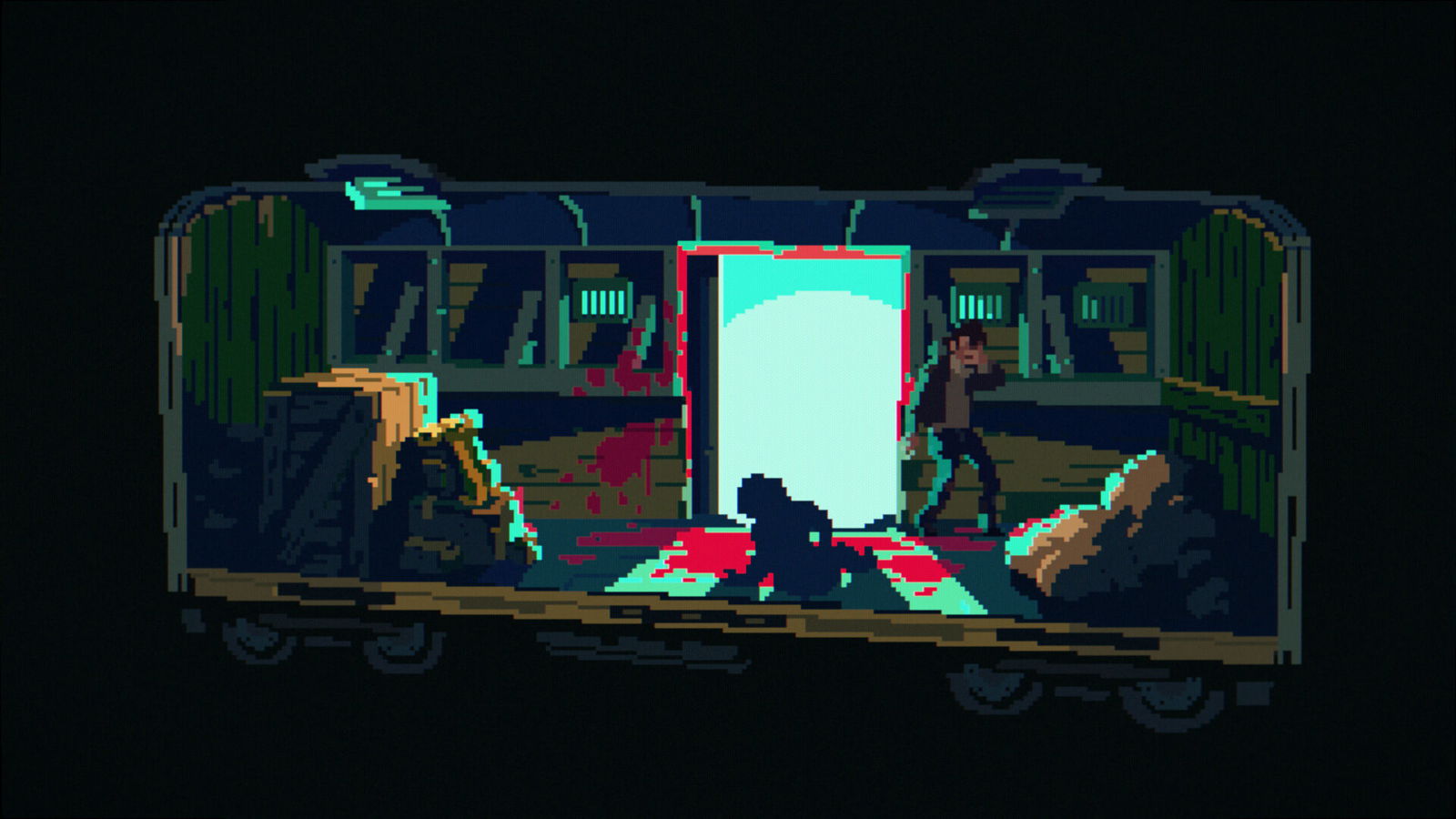
Luckily, most puzzles don’t take the sort of absurd moon logic that can show up in games like this, but it can be a point of contention nonetheless. Just let Mick use his cellphone, we’ve already established he has one! Luckily, loading from zone to zone in The Drifter is still fairly quick, even if driving is involved.
That said, I adore The Drifter and give it my full-throated endorsement. Veterans of the genre will find a lot to love, and newcomers will enjoy an intriguing mystery and streamlined mechanics.
